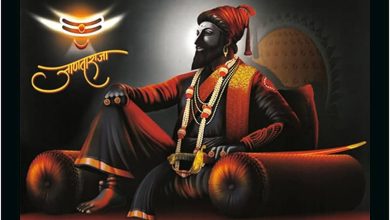How Did The Media Add To The War Hysteria and Fake News Madness?
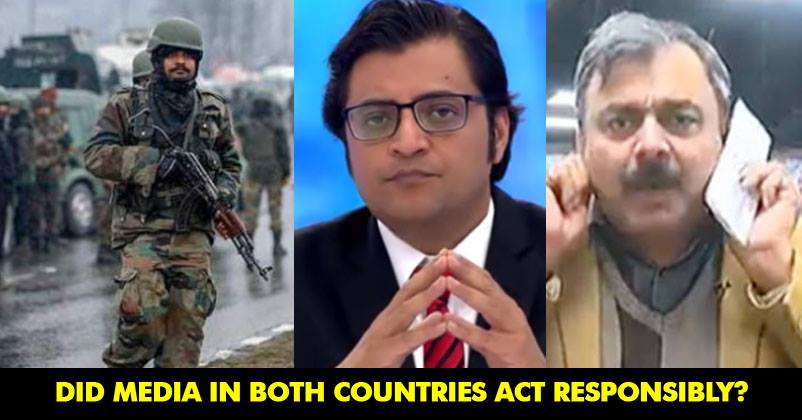
Indians mourned the loss of 44 CRPF jawans in one of the biggest attacks on the military in peace time since India gained its independence in 1947.

After the Pulwama incident, TV channels in India began demanding war. “We want Revenge” or “We want Pakistan punished” became the cry of the day.
Boom tracked down multiple misleading and dangerous social media posts, falsely claiming to provide information on the Pulwama attack.
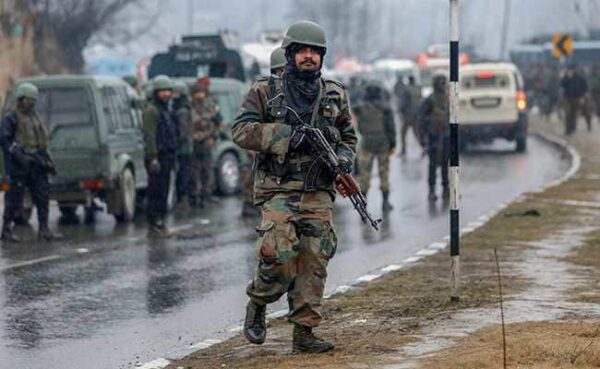
They were advised to avoid any content that might incite hatred or lead to friction between communities.
A particular news anchor whose reputation precedes himself, went on record to call some eminent personalities anti-national just because they dared to express a personal opinion.
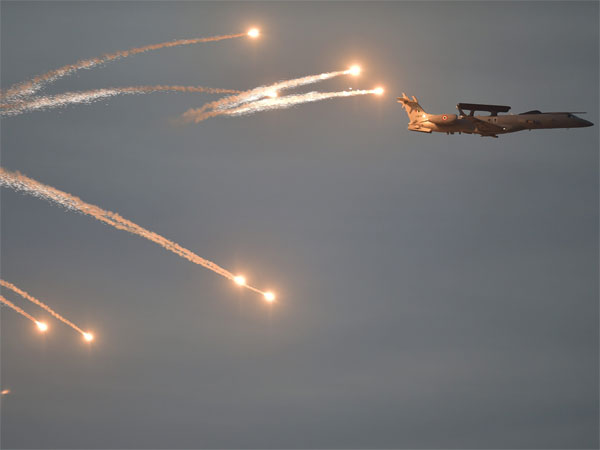
The role of a responsible journalist is not to impose their own opinions on the audience, but to merely state the facts so that the audience can make an informed choice.
There are many videos which had gone viral, where he said that Pakistanis would use atom bombs as “muh todh jawab” for Indian farmers refusing to export tomatoes.
A large number of Kashmiris were thrashed openly while videos were recorded and circulated on national media.
The concepts of patriotism and nationalism have been distorted by the media. The social media is hugely responsible for spreading fake news.
After the pulwama attack, a video began circulating on Facebook which claimed to give insight into the attack.
Facebook’s responsibility to ensure that there’s a check on circulation of fake news?
After the attack, emotions were running high and a barrage of fake news and misinformation flooded our social media handles, including Facebook’s messaging service, WhatsApp.
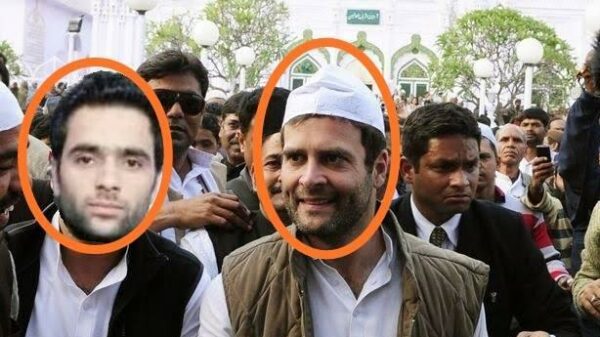
It must be realized that such fake news only adds to the panic and confusion, and might even provoke the audience to lash out. Why else do you think innocent Kashmiri students were thrashed and harassed?
At the end of the day, one must realise that as a journalist, the onus is on the Indian and Pakistani media channels to ensure that unbiased and accurate information reaches the audience.

